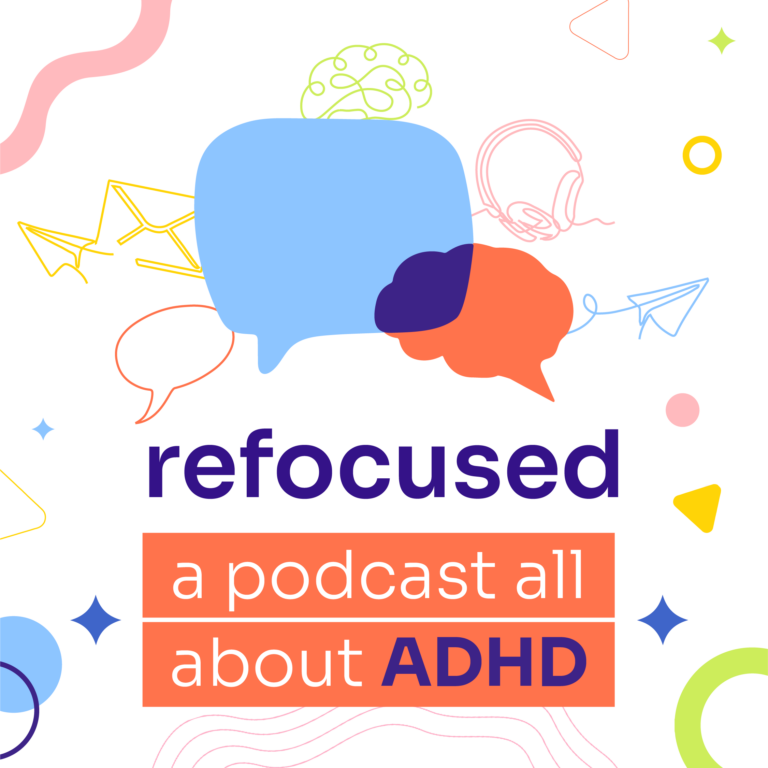
Research on ADHD in women didn’t begin until the 1980s, and didn’t get much attention until nearly 20 years later. Why? Because ADHD presents differently in women than it does in men. Think fewer obvious, external symptoms and more subtle, internal markers.
Here are some of the most notable differences and what they mean for the future of diagnosis.

Symptomatic Differences
Men with ADHD commonly display somewhat obvious, externalized symptoms like hyperactivity and impulsivity. These aid in early diagnosis of young boys because everyone from teachers to parents notice the behaviors and begin to ask questions. Women tend to manifest internalized symptoms, such as inattentiveness and emotional dysregulation. Subtler and easier to mask, these symptoms are frequently overlooked in diagnostic assessments of both young girls and adult women.
Historical and Societal Bias
ADHD diagnoses have historically centered around male behavioral patterns, leading to a diagnostic bias that sidelines female experiences. This bias, coupled with societal expectations that encourage quieter, less disruptive behavior from girls (and the opposite from boys) further complicates early recognition and treatment of ADHD in women.
Hormonal Fluctuations
Hormonal changes significantly influence ADHD symptoms in women. Estrogen, a hormone that declines notably during puberty, menstruation, and menopause, exacerbates common ADHD symptoms like irritation, mood swings, and focus issues. Conversely, higher testosterone levels in men might provide some protection against certain ADHD symptoms, though this relationship requires further exploration.
Cognitive Function
Gender-specific cognitive challenges also arise, with women generally facing greater difficulties with working memory and behavioral regulation compared to men.
Comorbidity Patterns
Men with ADHD are more inclined towards externalizing disorders, including substance abuse and conduct disorders, whereas women frequently endure internalizing disorders like anxiety and depression, which complicate accurate diagnosis and treatment.
Lifelong Effects
ADHD doesn’t dissipate with age; its symptoms can evolve, entering new facets of life with ongoing challenges. Men may continue facing obstacles pertaining to impulsive behaviors into adulthood, while women often experience intensified symptoms during significant hormonal changes, such as menopause.
Furthermore, women with ADHD confront heightened risks of mental health issues, including self-esteem challenges and suicidal behavior.
Actionable Insights for Advocacy and Support
The Need for More Gender-Specific Treatment
There’s a growing need for gender-sensitive diagnostic and therapeutic approaches.
Conducting Clinical Interviews:
Gathering qualitative data through patient experiences can help tailor interventions specifically catering to gender-specific challenges in ADHD.
Data-Driven Policy Changes:
Analyzing demographic-specific data on ADHD prevalence and treatment efficacy can guide policy shifts towards inclusive practices that accommodate women and girls.
Public Awareness Campaigns:
Strengthening societal understanding and recognition of ADHD’s gender-specific manifestations through educational campaigns will enhance early detection and support for those affected.
By delving into these nuances, stakeholders can better understand and mitigate the systemic blind spots that have historically obstructed comprehensive care for women with ADHD.
If the symptoms here sounded familiar to you, but your questions have been overlooked, it’s time to get answers. Take our Diagnostic Evaluation Diagnostic Evaluation.







